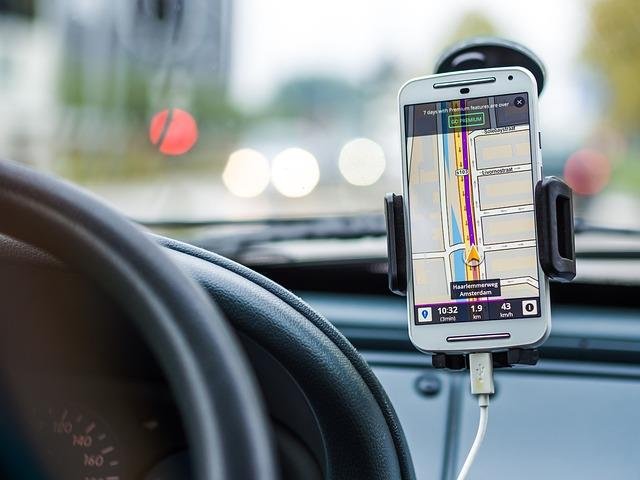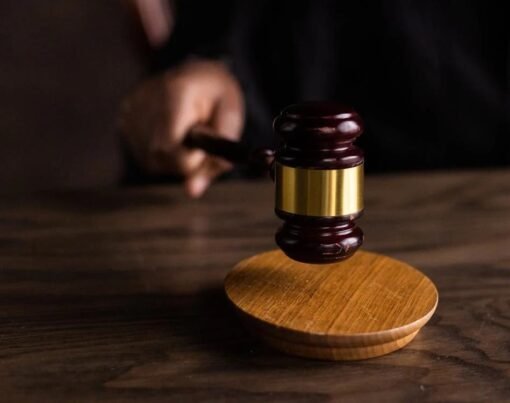In recent years, technology has become an increasingly important component in personal injury cases, offering advantages and challenges to both legal professionals and the public. From digital surveillance and computer forensics to social media analysis and electronic health records, technology provides a trove of valuable information that can make or break a case. This rise in digital evidence has led to an evolution in litigation strategies, requiring attorneys to not only have a firm grasp of the law but also be technologically adept.
Among these technological tools, smartphones stand as one of the most impactful. As an inseparable part of our daily lives, smartphones have become more than mere communication devices. They are reservoirs of personal information, serving as diaries, map guides, health trackers, social connectors, and much more. The data captured and stored in these devices can, and often does, influence personal injury cases. This article studies the intriguing relationship between smartphones and personal injury lawsuits, exploring how phone data, social media activity, and the use of various apps contribute to the narrative of a case.
Table of Contents
The Evolution of Smartphone Use in Personal Injury Cases
In the pre-smartphone era, personal injury cases primarily relied on physical evidence, eyewitness testimony, and expert witnesses for information. Documentation, such as medical records or accident reports, would be in paper format, and proving or disputing a claim was heavily dependent on the physical traces of the incident and the credibility of the people involved. The shift towards digital evidence marked a significant turning point, introducing new forms of evidence, like emails, digital photographs, and electronic transaction records. The advent of smart phones brought about an entirely new dimension to this digital evidence revolution.
Smartphones began as communication tools, but rapidly evolved into multi-purpose devices that capture a vast array of data about our daily lives. The omnipresence of smartphones means that they are often present at the scene of accidents or incidents leading to personal injuries, making them valuable witnesses in their own right. Today, smartphones are not just peripheral devices in personal injury cases; they often play a central role. Lawyers, such as a personal injury attorney in Beaumont, can use a plethora of data, from texts and call logs to location information and social media posts, to build a strong case. The evolution of smartphone use in personal injury cases is a reflection of how deeply technology, and particularly personal technology, is entwined with our everyday actions.
The Types of Phone Data Relevant in Personal Injury Cases
Call Logs and Text Messages
These can serve as sufficient evidence in establishing a timeline of events, confirming communications, or revealing pertinent information about the accident or injury. For instance, text messages exchanged immediately before a car accident might demonstrate distraction or negligence.
GPS and Location Data
This type of data can verify a person’s location at the time of the incident, corroborating or challenging their account of the event. If a person claims they were at a different location when an accident occurred, GPS data from their smartphone can validate or refute their claim.
Photos and Videos
Visual content captured on smartphones can provide firsthand accounts of an incident, serving as powerful evidence. For example, photos or videos taken at the scene of an accident can substantively illustrate the circumstances, damages, and any potential negligence involved.
The Impact of Social Media on Personal Injury Cases
Social media posts, photos, and even comments, on platforms such as Instagram, can be used as evidence. For instance, a claimant alleging severe injury who posts photos of themselves engaged in physical activities could undermine their claim. Similarly, a defendant’s post showing recklessness or negligence could strengthen the plaintiff’s case. In fact, a survey by the American Academy of Matrimonial Lawyers in 2020 found that over 80% of its members had used or encountered social media evidence in their cases, underscoring its growing significance. Several cases stand testament to this, such as one where a claimant’s social media posts contradicted their injury claims, leading to the dismissal of their case.
The Role of Apps in Personal Injury Cases
Health tracking apps, like those monitoring heart rate or physical activity, can provide information about a person’s state of health before and after an injury. Similarly, driving apps can offer data about a driver’s speed, location, and driving patterns, which could help reconstruct an accident or provide insight into driving behavior.
However, the use of app data as evidence has its pros and cons. On the positive side, this data can provide objective, time-stamped information, aiding in establishing facts that might otherwise be challenging to prove. On the other hand, the reliability and accuracy of such data can be a point of contention, and there may also be concerns around privacy and data protection. For instance, a case in Florida involved data from a defendant’s fitness tracking app. The app data contradicted the defendant’s account of the incident, proving crucial in achieving a settlement in favor of the plaintiff. Yet, this case also raised questions about the precision of data from such apps and the ethical implications of accessing it. Thus, while app data can significantly influence the litigation process in personal injury cases, its use must be approached with care, considering both its potential benefits and inherent complexities.
The advent of smartphones and their subsequent ubiquity have transformed the nature of personal injury cases, introducing new forms of evidence and ethical dilemmas. As these devices continue to weave themselves further into the fabric of our daily lives, their impact on legal proceedings, particularly personal injury lawsuits, will only increase. It is therefore important for legal professionals and the public alike to understand the role of smartphones in these cases, and to continually reevaluate the balance between the pursuit of justice and the preservation of privacy.










